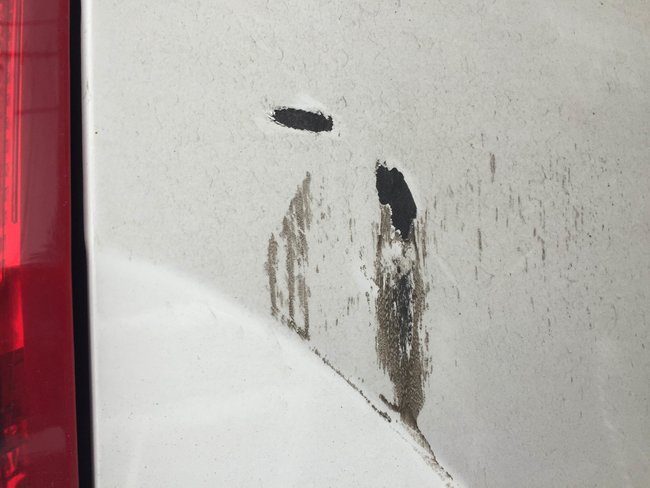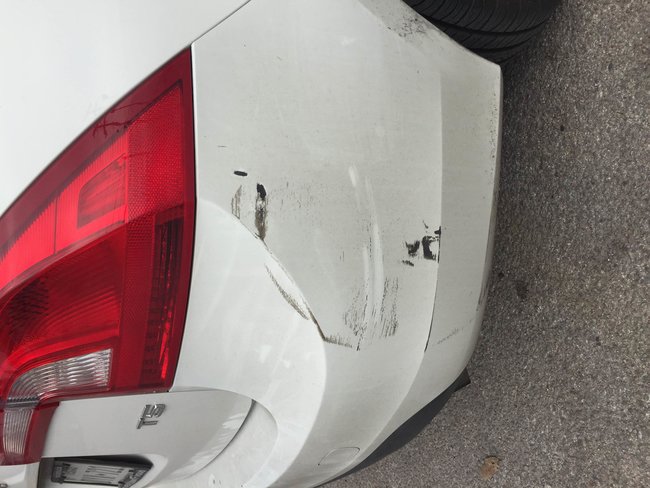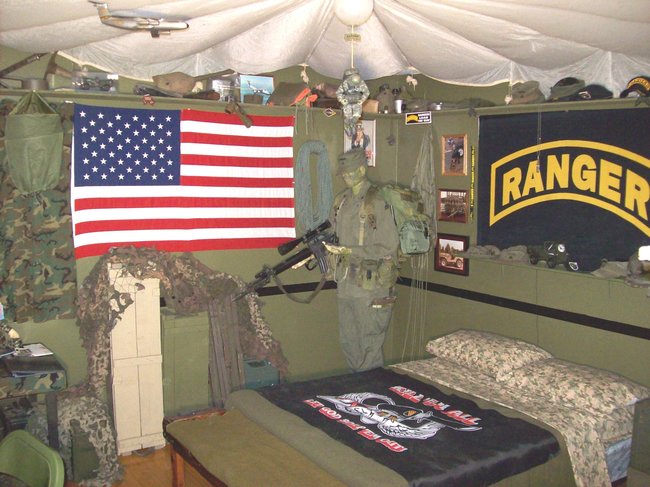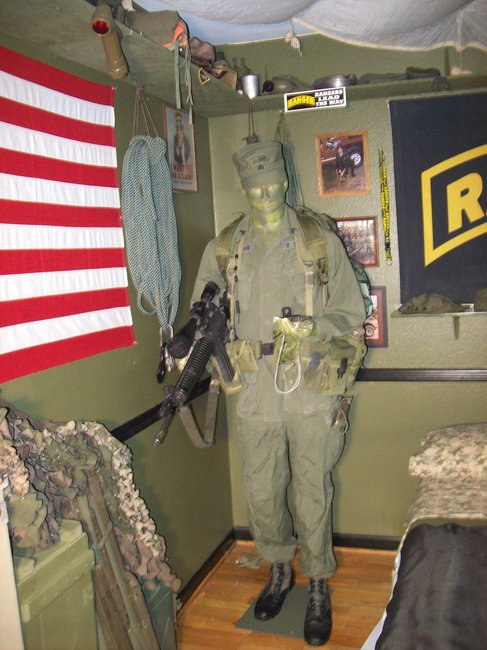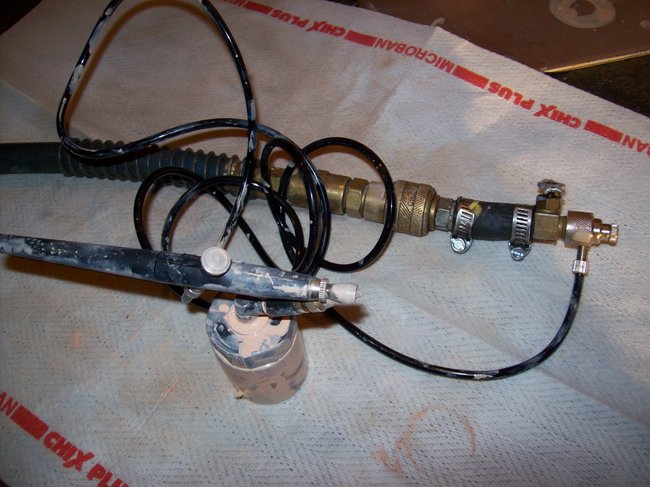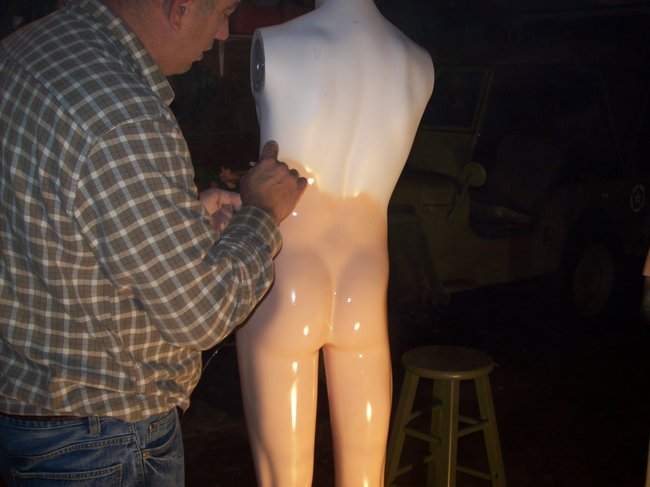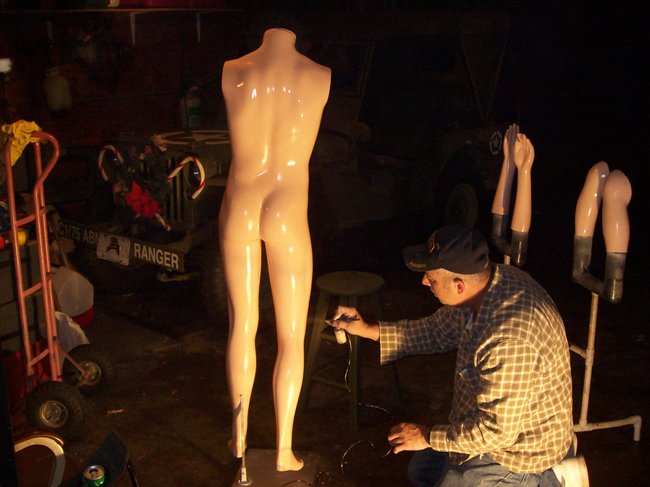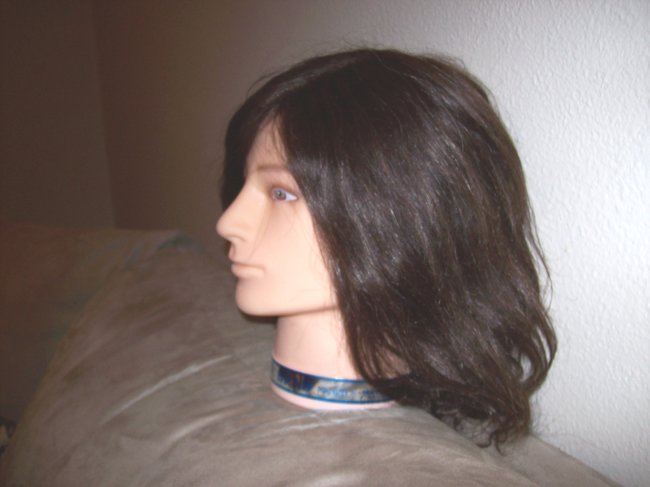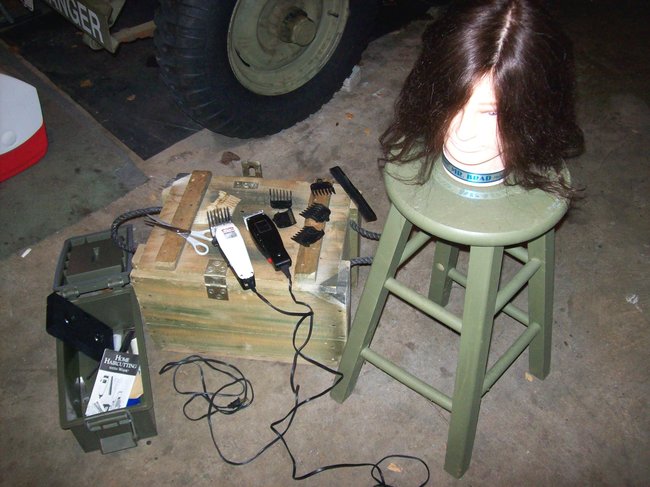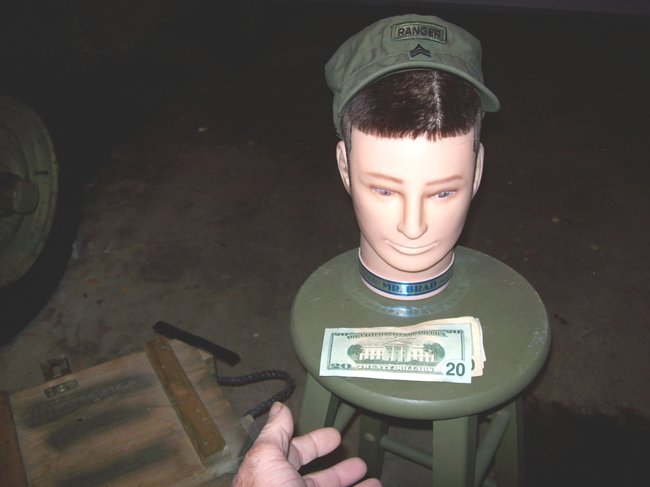I am going to jump in!
I sort of go the hillbilly route and still get good results!
Looks like maybe you have some rubber or scuffs on the paint
"Goof Off" (Lowes and others have it) May take off the foreign material. Wipe/scrub fast, soap and water it off, leaving it on might mess with the paint. Thus far, I have had no problem with it reacting with the paint. This might reveal you have less to fix than you thought.
Rubbing compound may work too, it is abrasive and overdoing it can sort of sand on the paint.
Once you get down to the actual "need to paint" areas. Some light sanding (not big areas) may be needed to 'feather in" the pitted/ chunks missing area.
Here is the good part.
Obtain an exact match touch up bottle (or two) of paint from the dealers or some auto parts stores.
"Harbor Freight" has an airbrush kit for about $5 (yep) and a can of bottled air for maybe $5.00 to $10.00.
Obtain a small bottle of model car paint (this is for practicing on a clean metal surface (maybe a gallon can of sorts, like a paint thinner can.)
This airbrush can be adjusted to spray heavy (like a 6" cone) or light so that it is a real fine mist like 1/4" inch wide. In that fine mode, it may take several passes to see results. I 'paint', let it tack up a few minutes, paint again. A little at a time is better than gobbing it on and it start running!
YouTube may show some 'eyes on' tips with using an airbrush (distance/ adjustments/ thinning/ etc, may wanna look at scale modelers using them on youTube. A little time learning goes a long way!
I use mine with my air compressor and regulated way down.
Unfortunately I have no pictures of touching up a vehicle.
I do have some of my mannequin in my Man Cave/Army Room.
We obtained a headless mannequin from the Salvation Army for $20.00 and a hippy head from a beauty supply shop for $25.00.
My six year old grandson said that the 'milky white" body just was not going to cut it. He insisted we paint it.
He did not understand that he would be wearing my jungle fatigues and be camouflaged, pretty much no skin showing!
I had to take the severed head into Lowe's to have my paint matched!
We had to make him happy. Pictures below (many more were taken).
Do let us know how it comes out.
The Medic
Images (Click to make bigger)
Tuesday, December 27th, 2016 AT 8:23 PM
